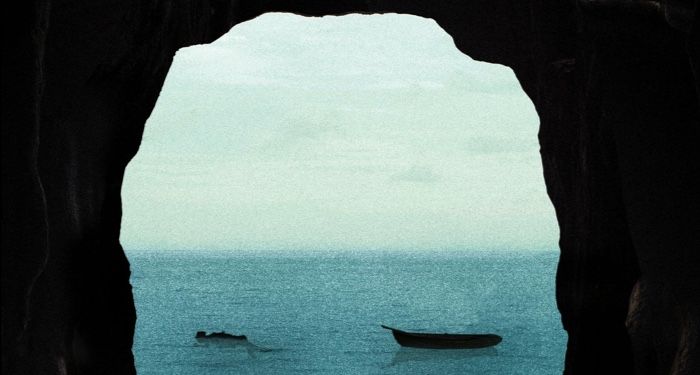Russia on Friday launched Luna 25, the country’s first lunar mission in 47 years. Luna-25 took off from the Vostochny launch facility in Russia’s Far East, the Russia-based TASS news agency reported.
Launched aboard a Soyuz-2 Fregat rocket, Luna 25 took flight at 8:10 am (local time) on Friday, CNN reported. The Fregat booster separated from the rocket’s third stage approximately 564 seconds after the launch, according to TASS reported. The Luna-25 spacecraft will separate from the booster about an hour after the launch. The flight to the moon will take up to 5.5 days.
The spacecraft will spend between three and seven days about 100 kilometers above the lunar surface before reaching the Boguslawsky crater area. Meanwhile, Manzinus and Pentland-A craters have been named as alternative landing sites.
The primary goal of the mission will be to polish the soft landing technology. The mission might become the first spacecraft ever to reach the South Pole of the Earth’s natural satellite, according to TASS.
The spacecraft will look for natural resources, including water, and analyse the effects of space rays and electromagnetic emissions on the lunar surface. Luna 25, also called the Luna-Glob-Lander, will study the composition of the moon’s polar soil and the plasma and dust contained in the very thin lunar exosphere, or the moon’s scant atmosphere, for one year.
The lander has several cameras and they will make timelapse footage of the landing and an HDR wide-angle image of the moonscape. Luna-25 will turn its cameras during pre-programmed periods and after a signal from the Earth, TASS reported.
National Aeronautics and Space Administration (NASA) in the statement said, “The lander has a four-legged base containing the landing rockets and propellant tanks, an upper compartment holds the solar panels, communication equipment, on-board computers, and most of the science apparatus.”
According to the statement released by NASA, the lander has a 1.6 meter-long Lunar Robotic Arm (LRA, or Lunar Manipulator Complex) to remove and gather the surface regolith to depths of 20 to 30 cm. The LRA is equipped with a scoop (175 cubic cm volume) and a sample acquisition tool, a 4.7 cm long tube with an internal diameter of 1.25 cm.
It’s keenly watched around the world as Europe and America work to isolate Russia amid the war in Ukraine, and as Russia tries to strengthen its political and economic ties with non-Western countries in response.



